Liberal Arts Forum considers real-world dilemmas
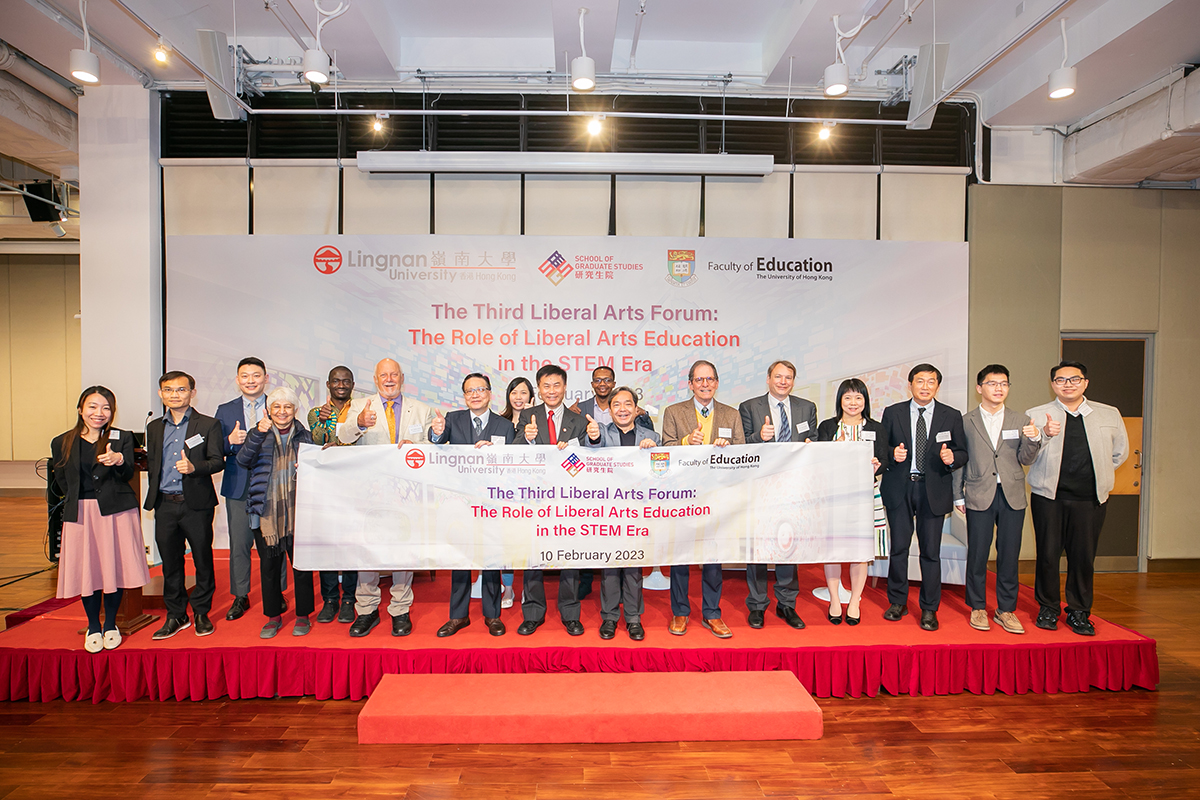
In a world where the use of technology plays an ever greater role in shaping lives, actions and priorities, there is good reason to keep questioning certain broad assumptions that have taken hold in today’s STEM-dominated era and to consider where they may lead.
Taking up that challenge, the Third Liberal Arts Forum, co-organised by Lingnan University’s School of Graduate Studies and the Faculty of Education at the University of Hong Kong, addressed key aspects of the ongoing debate.
Held on February 10 and bringing together experts based in Asia, Europe, Oceania and North America, the hybrid event attracted 140-plus participants and was a chance to talk about the purpose of higher education and “the soul of the university”, as well as the future of liberal arts and STEM in the midst of inevitable changes in society.
Most notably, a special “presidents’ dialogue”, chaired by Professor Gerard Postiglione of the University of Hong Kong, focused on the role and social responsibility of liberal arts education and the opportunities to complement rather than contend with STEM-driven developments.
For this session, the distinguished speakers were Professor Leonard Cheng, President of Lingnan University; Professor Ruth Hayhoe of the University of Toronto; and Professor Anthony Cheung of the Education University of Hong Kong.
In setting the scene, Prof Hayhoe spoke first about the historical tradition in China, referring back to influential thinkers in the late 1500s who viewed liberal arts and the sciences as fully integrated without any problem or difference. Only much later did C.P. Snow’s “two cultures” come to reflect a dichotomy between these areas arising from the European enlightenment.
However, as revered mainland scholar Ma Xiangbo had sought to show in the first half of the 20th century, universities should be trying to find ways to combine the best of Chinese and western learning, drawing from both the sciences and humanities, to give students the kind of all-round knowledge that will always stand them in good stead.
In turn, Prof Cheung noted the long-observed link in the western tradition, leading from knowledge to ideas and skills, which can be put into practice to master the means of doing things.
“Why is it liberal?” he asked. “Because the whole purpose of education in the broad sense is to enable a person to be liberated, or freed, from whatever inadequacies they have. In my view, if you look at it that way, all universities have a mission to deliver liberal arts.”
Originally, he added, the discipline was taken to include the study of natural, human and social sciences, going well beyond today’s more narrow definition. Along with those dimensions, students were also expected to contribute to the advancement of “humanhood” and to spend time exploring the workings of the mind and different ideas.
“Unfortunately, nowadays, we are talking about the arts as if [they were] separated from the sciences,” Prof Cheung said. “So, we now have to make a case for liberal arts. This is the funny part of historical development - the false dichotomy between liberal arts and STEM.”
At present, he noted, it is fashionable to talk in terms of a new scientific era and to view innovation and technology as the “saviour”. Similar, though, happened at various points during the past century and served to demonstrate that scientific progress alone is never the answer for any country’s typical array of economic and social problems.
“We have to master STEM in order not to fall behind,” Prof Cheung said. “In practical terms, there are areas we need to know about, to be good at in order to give humanity a better life. But at the end of the day, the purpose of STEM is to answer the question: ‘Are we better?’ We have to go to the fundamentals and reintegrate the areas of knowledge represented by STEM with the whole concept of liberal arts.”
Following on, Lingnan’s Prof Cheng mentioned high demand in the current labour market for STEM degree graduates, with tech companies hoping they can help to drive further developments and future industries in fields like AI, robotics, automation, smart machines and big data.
“That is the world we face today,” Prof Cheng said. “This vision of unlimited technological opportunities has captured the imagination of industry leaders, educators and policy advocates.”
He explained, though, how the comprehensive vision known as Industry 5.0, first floated by the Japanese in 2017, made a point of not just enhancing productivity through robotics and smart manufacturing, but also focused on meeting human needs and contributing to society at large.
“It is about how the latest technologies can be leveraged to empower workers, besides enhancing their productivity, and to improve social welfare, thus making it ‘automation with a soul’,” Prof Cheng said.
This vision is now leading to a rethink of what some call the inhumanity of modern work, with all the pressures of the digital age and the difficulties of “unplugging” completely even when off duty.
And, as seen in the EU, the focus is switching more towards enhancing the talents of workers, their level of job satisfaction, sustainability, and all-round human development.
“I believe that we in higher education, especially those of us in the business of liberal arts education, should welcome Industry 5.0,” Prof Cheng said. “Its human-centred pillar entails empowering labour, as well as respecting human needs. And that makes liberal arts education not merely relevant, but indeed essential and indispensable.”
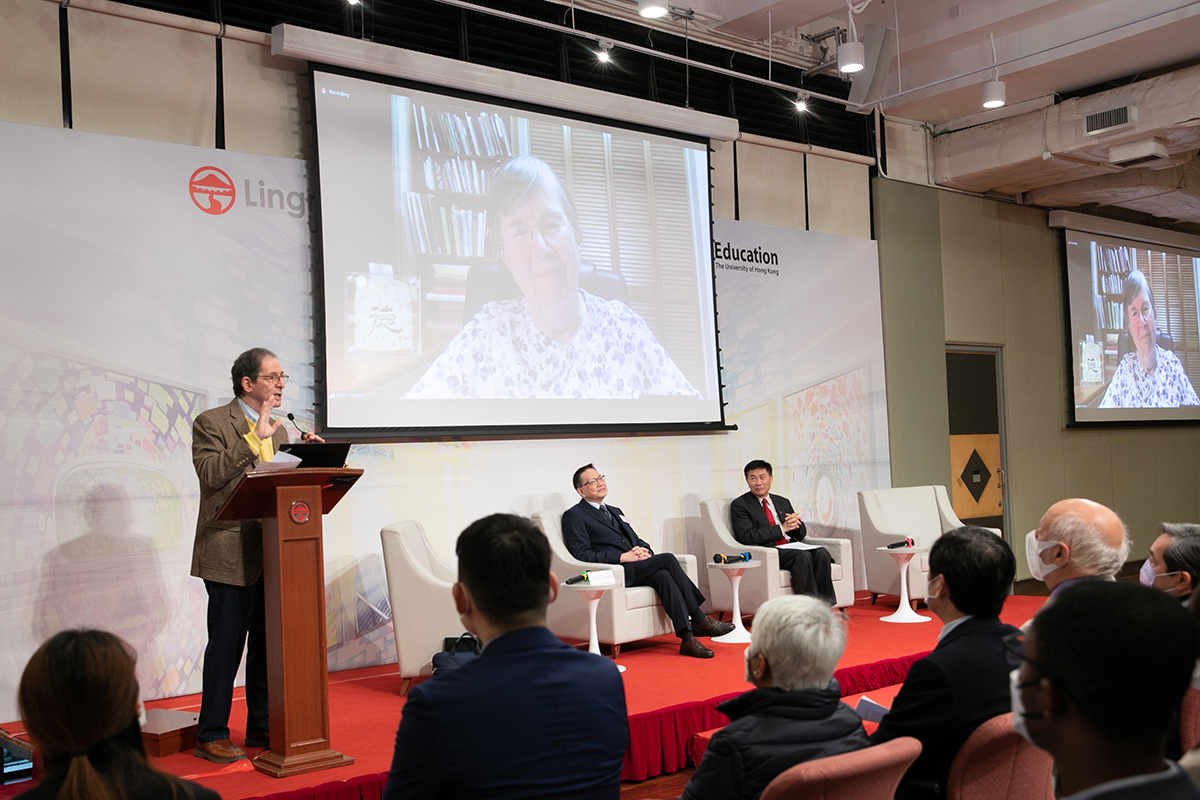 | 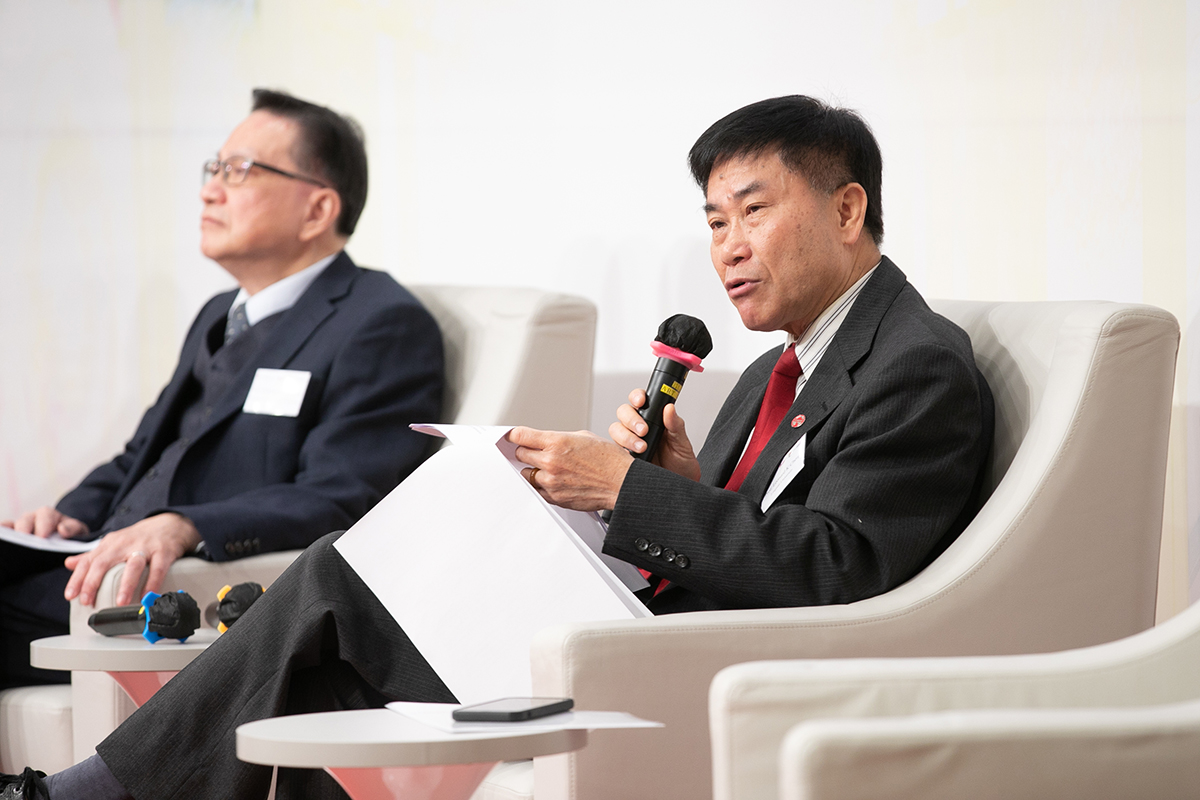 |
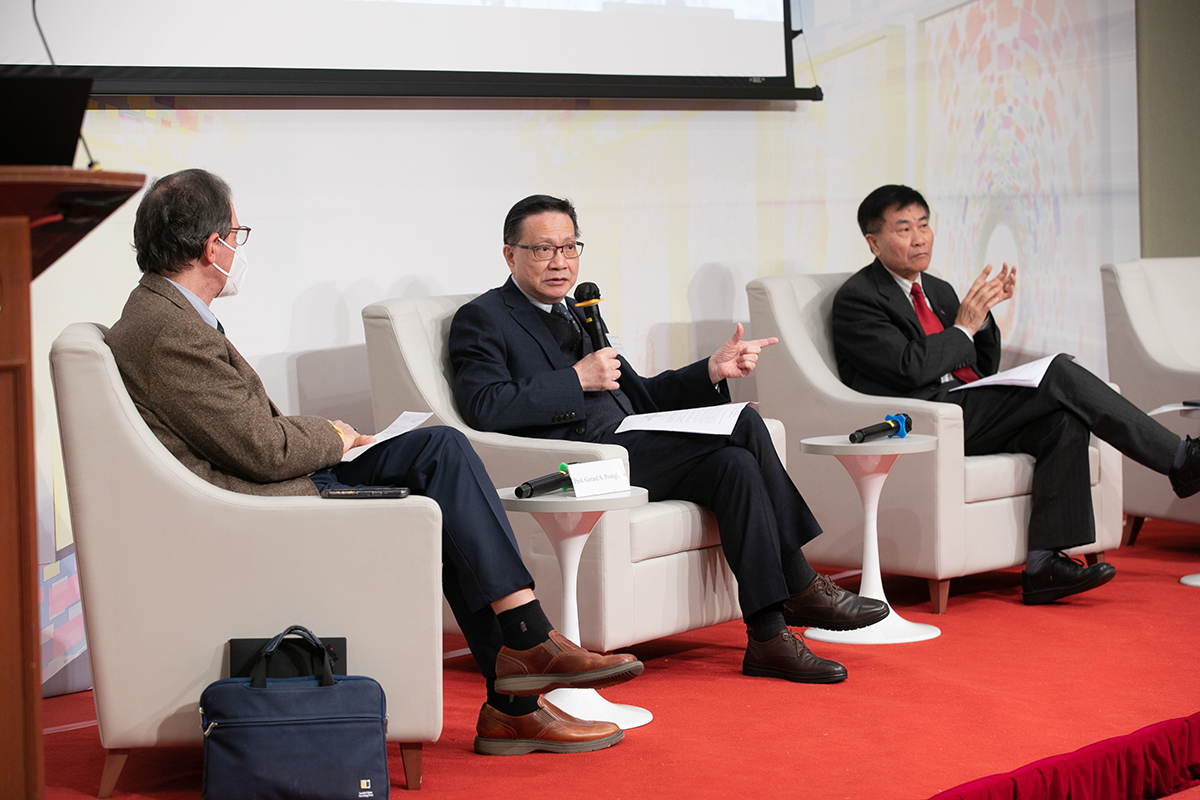 | 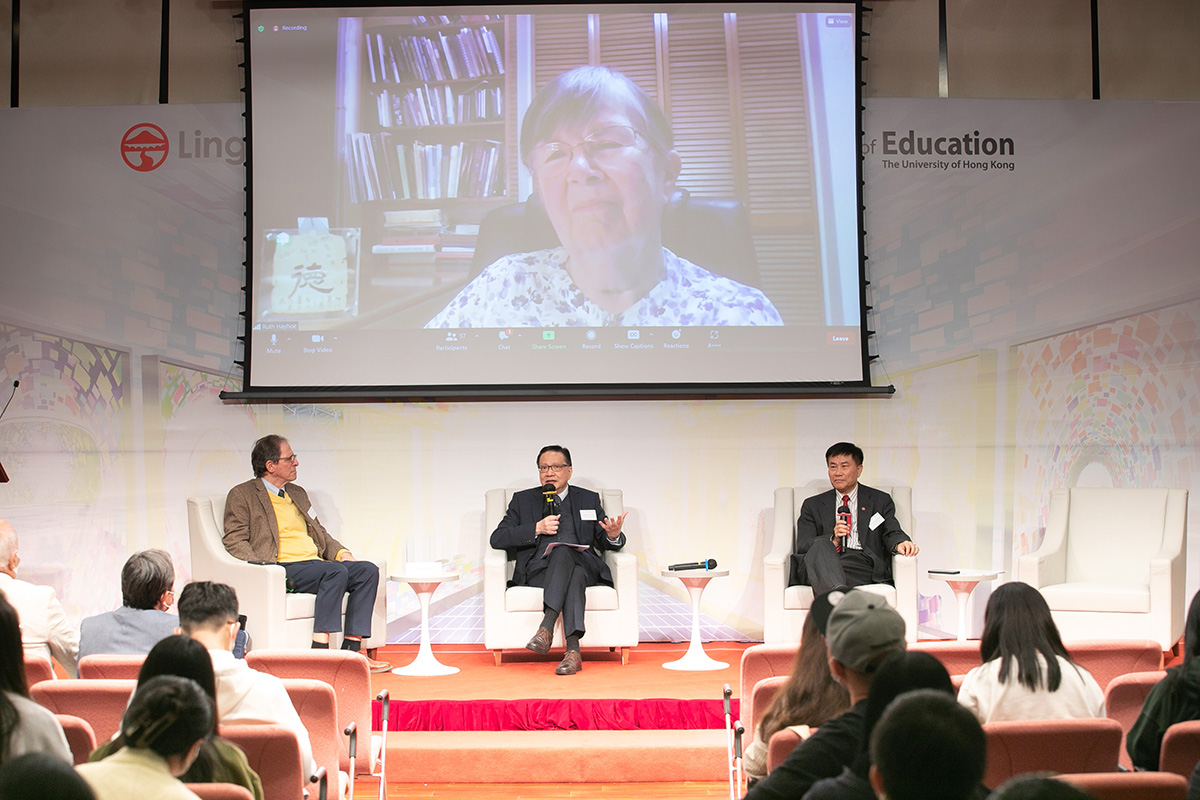 |

